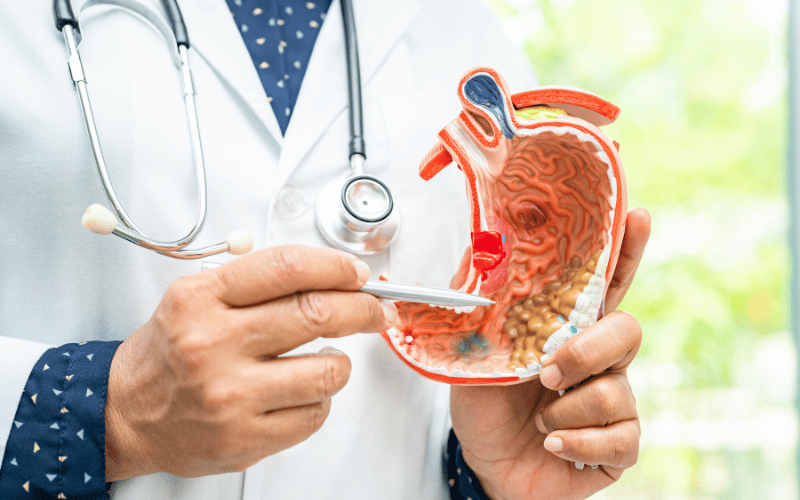Frequently Asked Questions about Bile Duct Stones
Advertisements
 Advertisements
Advertisements
1. What Exactly are Bile Duct Stones and How Do They Form?
Bile duct stones, also known as choledocholithiasis, are hardened deposits that form in the bile duct. They usually originate in the gallbladder and migrate to the bile duct. The stones can be as small as a grain of sand or as large as a golf ball. They form when substances in bile, like cholesterol or bilirubin, become too concentrated and solidify.
2. Can Bile Duct Stones Go Away on Their Own?
In some rare cases, small bile duct stones may pass through the bile duct and out of the body without intervention. However, larger stones typically require medical treatment to remove or break them down. It’s essential to seek medical advice if you suspect you have bile duct stones, as untreated stones can lead to serious complications.
3. What are the Potential Complications of Bile Duct Stones?
If left untreated, bile duct stones can lead to a host of complications, including bile duct infection (cholangitis), pancreatitis (inflammation of the pancreas), and jaundice (yellowing of the skin and eyes). In severe cases, it can also cause damage to the liver and bile ducts, necessitating more extensive treatment.
4. How are Bile Duct Stones Diagnosed?
Diagnosing bile duct stones typically involves a combination of medical history review, physical examination, and imaging tests. Common tests include ultrasound, MRCP (Magnetic Resonance Cholangiopancreatography), and ERCP (Endoscopic Retrograde Cholangiopancreatography). Blood tests might also be conducted to check for signs of infection or inflammation.
5. What Treatment Options are Available for Bile Duct Stones?
Treatment for bile duct stones varies depending on the size of the stones and the severity of the symptoms. Common procedures include ERCP, where stones are removed via an endoscope, and lithotripsy, where stones are broken into smaller pieces. In some cases, surgery might be required to remove the stones or gallbladder.
6. Are There Any Lifestyle Changes That Can Help Prevent Bile Duct Stones?
Maintaining a healthy lifestyle can help reduce the risk of developing bile duct stones. This includes eating a balanced diet rich in fiber, staying hydrated, and managing cholesterol levels. Regular exercise is also beneficial. If you have a history of gallstones or bile duct stones, regular check-ups with your healthcare provider are crucial.
7. Is There a Specific Diet to Follow if You Have Bile Duct Stones?
While there’s no one-size-fits-all diet for bile duct stones, it’s generally advised to eat a low-fat, high-fiber diet. Avoiding fatty and greasy foods can help reduce the strain on the bile duct, making it easier for bile to flow. Incorporating fruits, vegetables, and whole grains into your diet can also aid digestion.
Conclusion: Understanding and Addressing Bile Duct Stones
Bile duct stones, while not always talked about, can have a significant impact on gastrointestinal health. Recognizing the symptoms is the first step toward addressing this condition. From abdominal pain to changes in pancreatic enzymes, each symptom offers a piece of the puzzle.
If you’re experiencing any of these symptoms, especially in combination, don’t hesitate to seek medical advice. Early detection and intervention are key to preventing complications and ensuring a smoother recovery.
By being vigilant and proactive about our health, we can navigate these symptoms with confidence, ensuring that we take the necessary steps to maintain our well-being.